Building Green, Living Better
Look, we're not gonna pretend that sustainable architecture is just a nice-to-have anymore. It's literally the only way forward. Here's how we're making it happen, one project at a time.
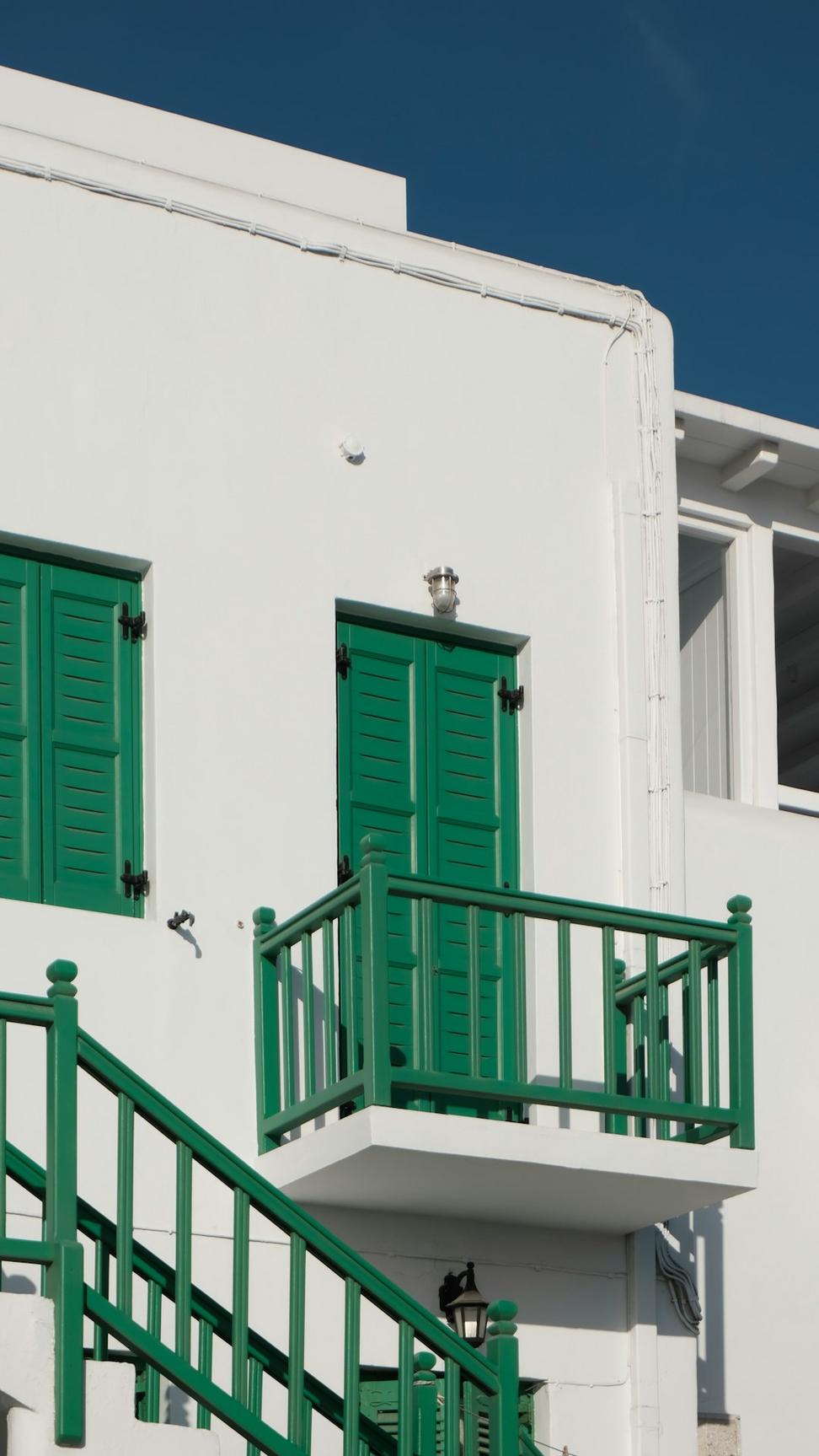
Look, we're not gonna pretend that sustainable architecture is just a nice-to-have anymore. It's literally the only way forward. Here's how we're making it happen, one project at a time.

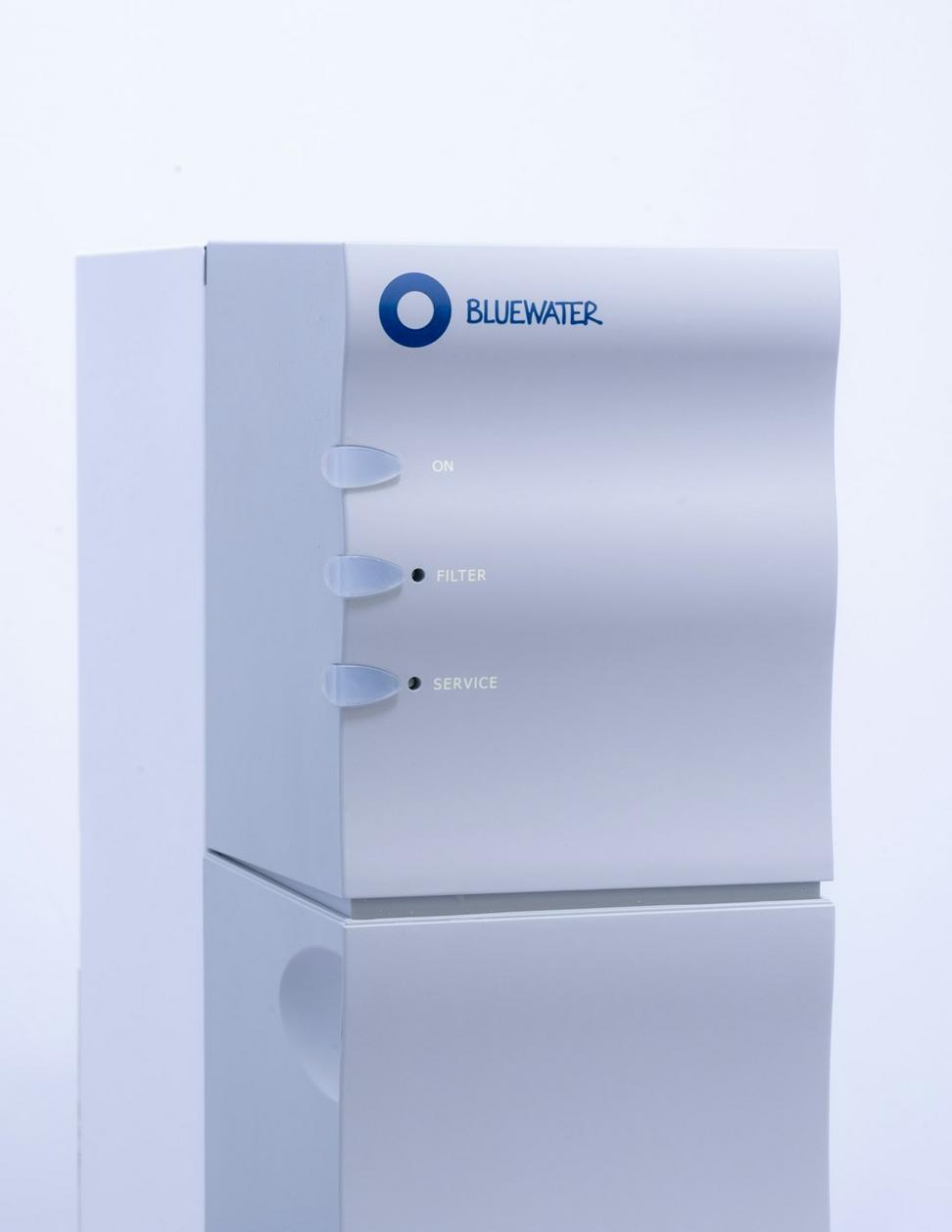
Started noticing around 2015 that every client who came through our door had the same question: "Can you make this eco-friendly?" That's when it hit us - this isn't a trend, it's the new baseline.
We've spent years figuring out what actually works vs. what's just greenwashing. Spoiler alert: there's a lot of the latter out there. Our philosophy? If it doesn't reduce energy consumption by at least 30% or use materials with verified low embodied carbon, we're not interested.
Every design starts with passive solar principles. We're talking orientation, thermal mass, natural ventilation - the stuff that's been working for centuries.
We track the carbon footprint of every major material. Reclaimed timber? Love it. Low-carbon concrete mixes? Absolutely. Mystery composites? Hard pass.
Our sustainable design process, broken down without the corporate speak
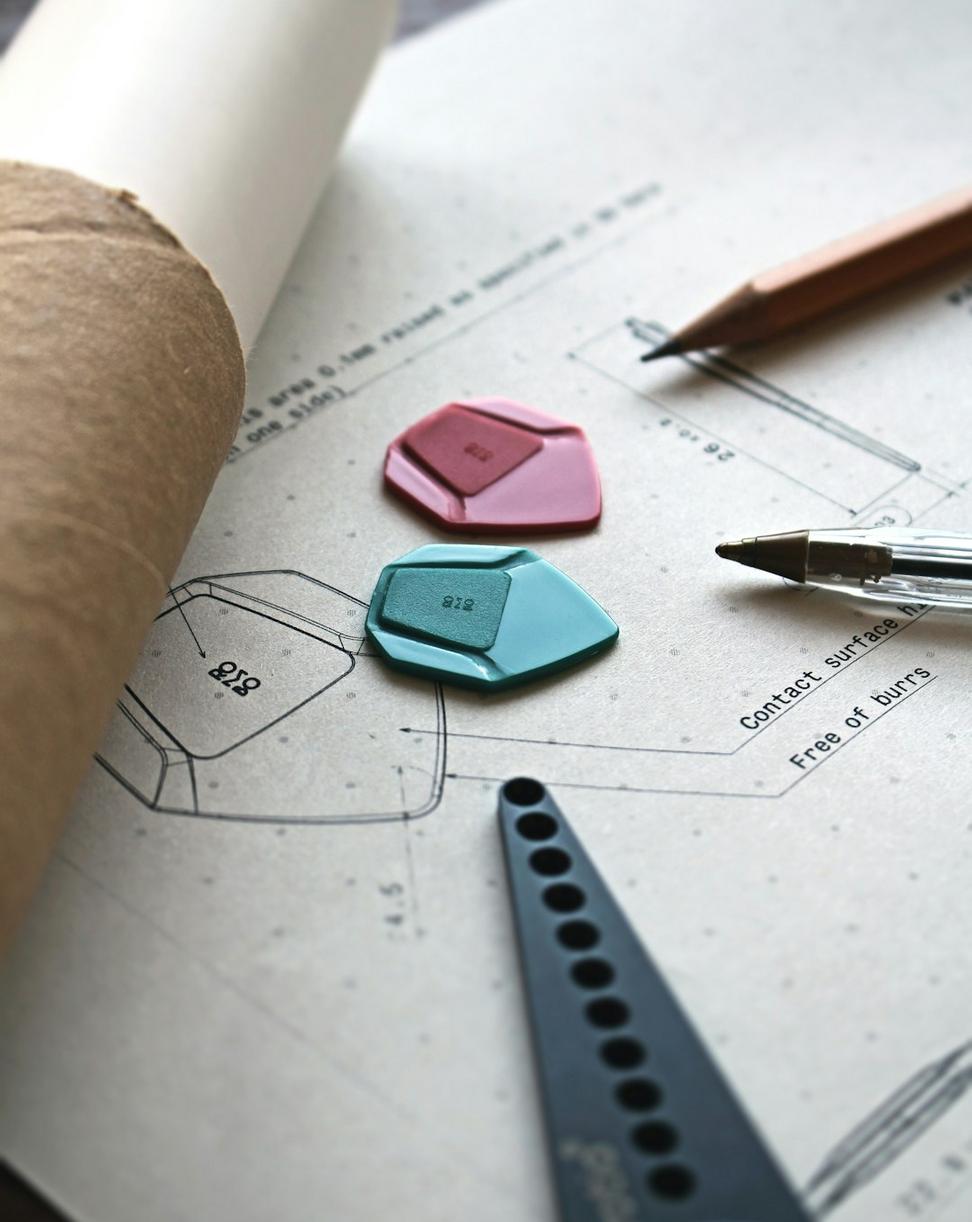
Right from the first sketch, we're thinking about sun paths, prevailing winds, and how the building sits on the land. It's not rocket science, but you'd be surprised how many projects skip this part.
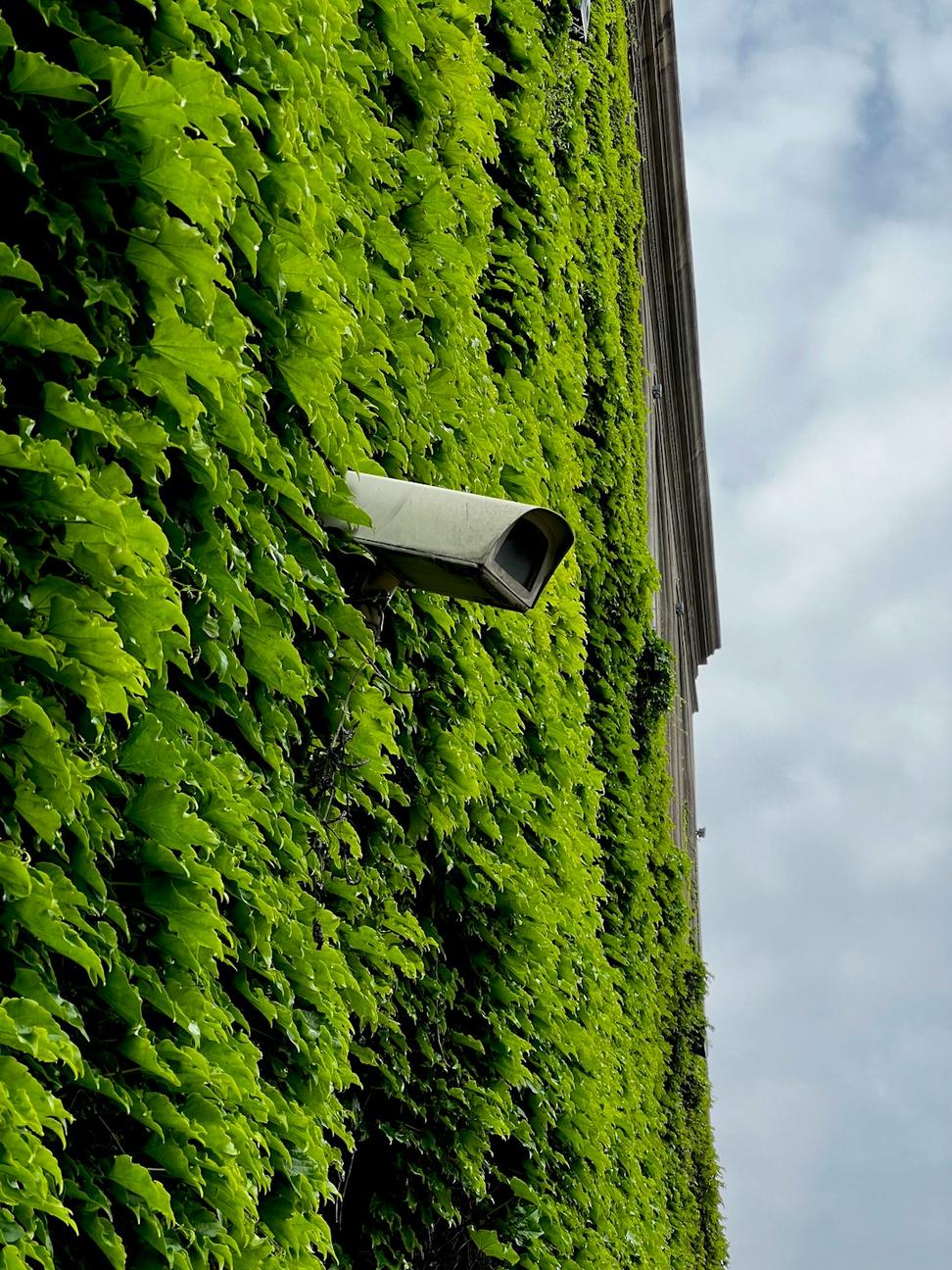
This is where theory meets reality. We spec out the actual tech and materials that'll make your building perform. Sometimes it's high-tech solar arrays, sometimes it's just really good insulation - depends on what makes sense for your project.
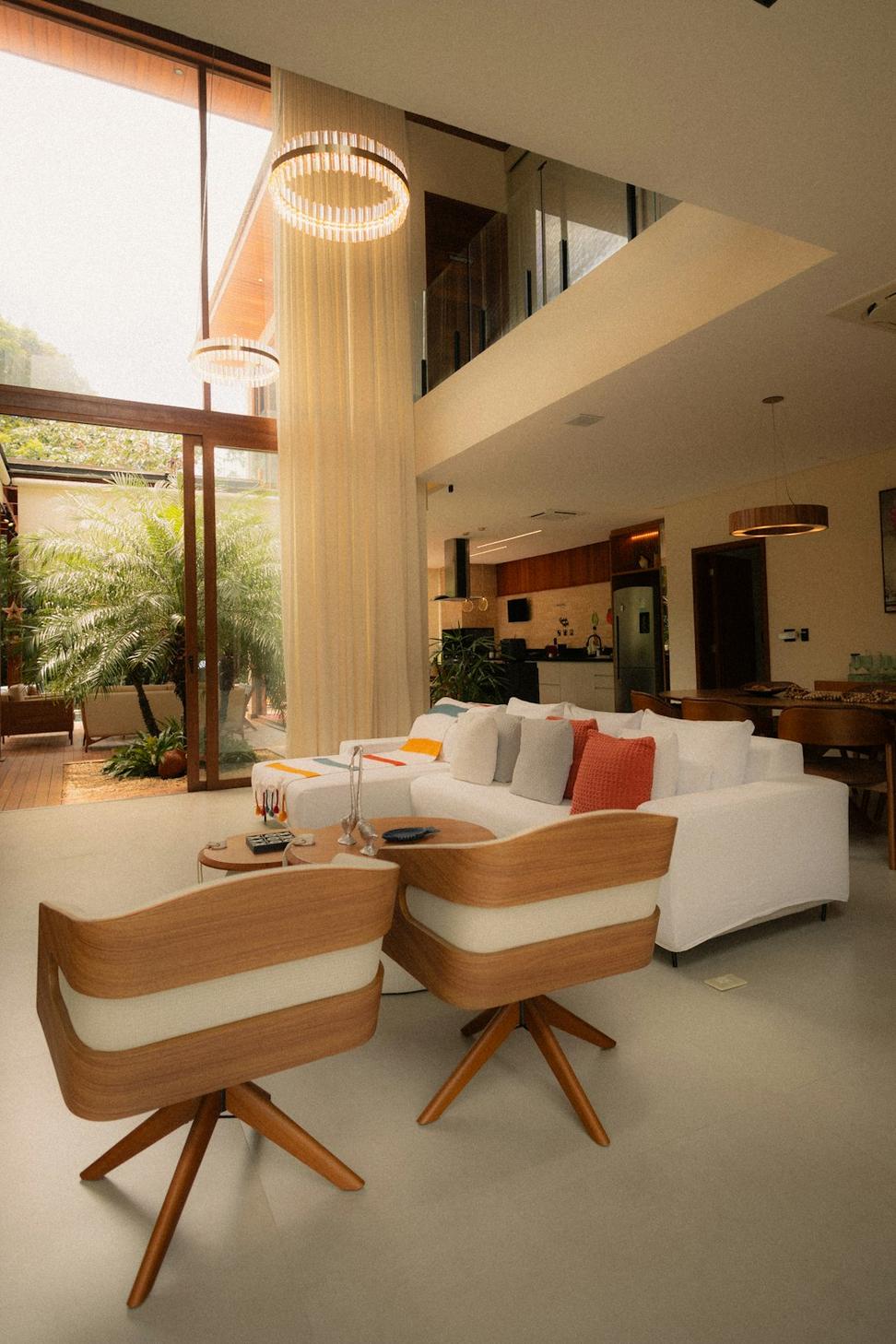
Honestly, this is one of the most overlooked parts. You can have the most energy-efficient shell, but if the interior's poorly planned, you'll still be wasting space and resources. We focus on making every square foot earn its keep.
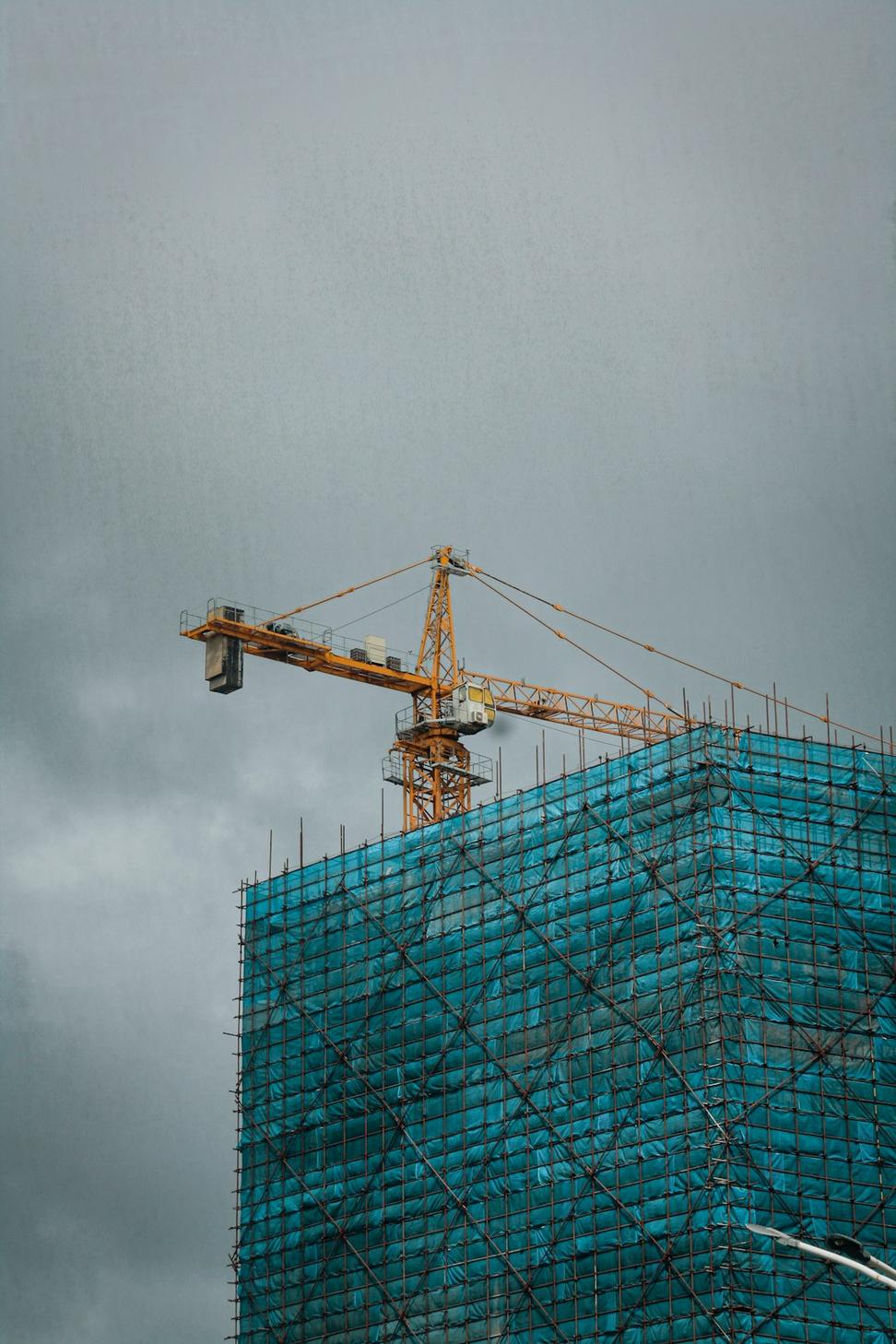
Here's where a lot of sustainable projects fall apart - in execution. Contractors default to what they know, substitutions happen, and suddenly your green building isn't so green. We stay on top of things to make sure what we designed actually gets built.
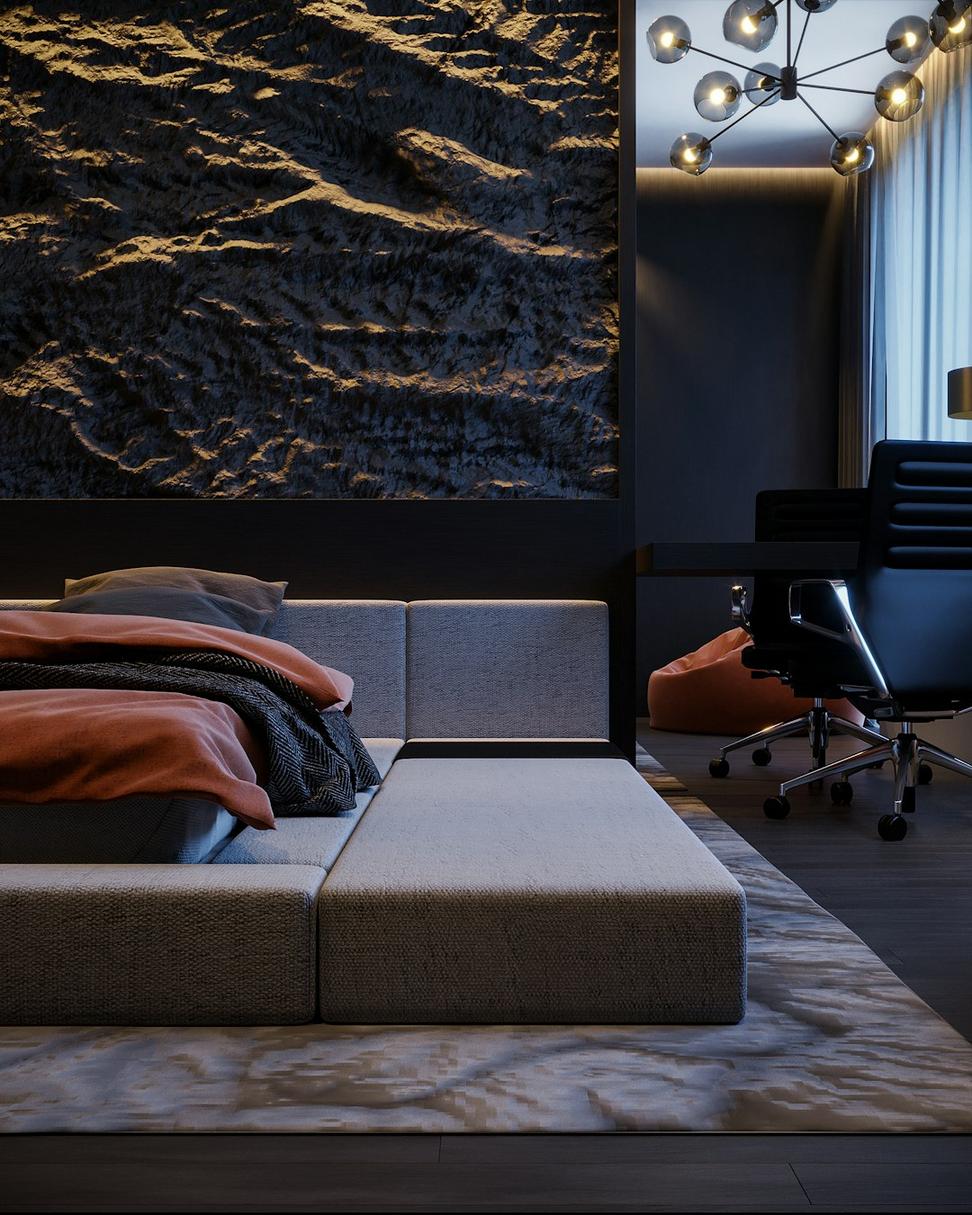
Look, pretty renderings are nice, but we use 3D modeling as a tool to actually test stuff. Shadow studies, energy simulations, daylighting analysis - all before you've spent a dime on construction. Saves everyone headaches down the road.
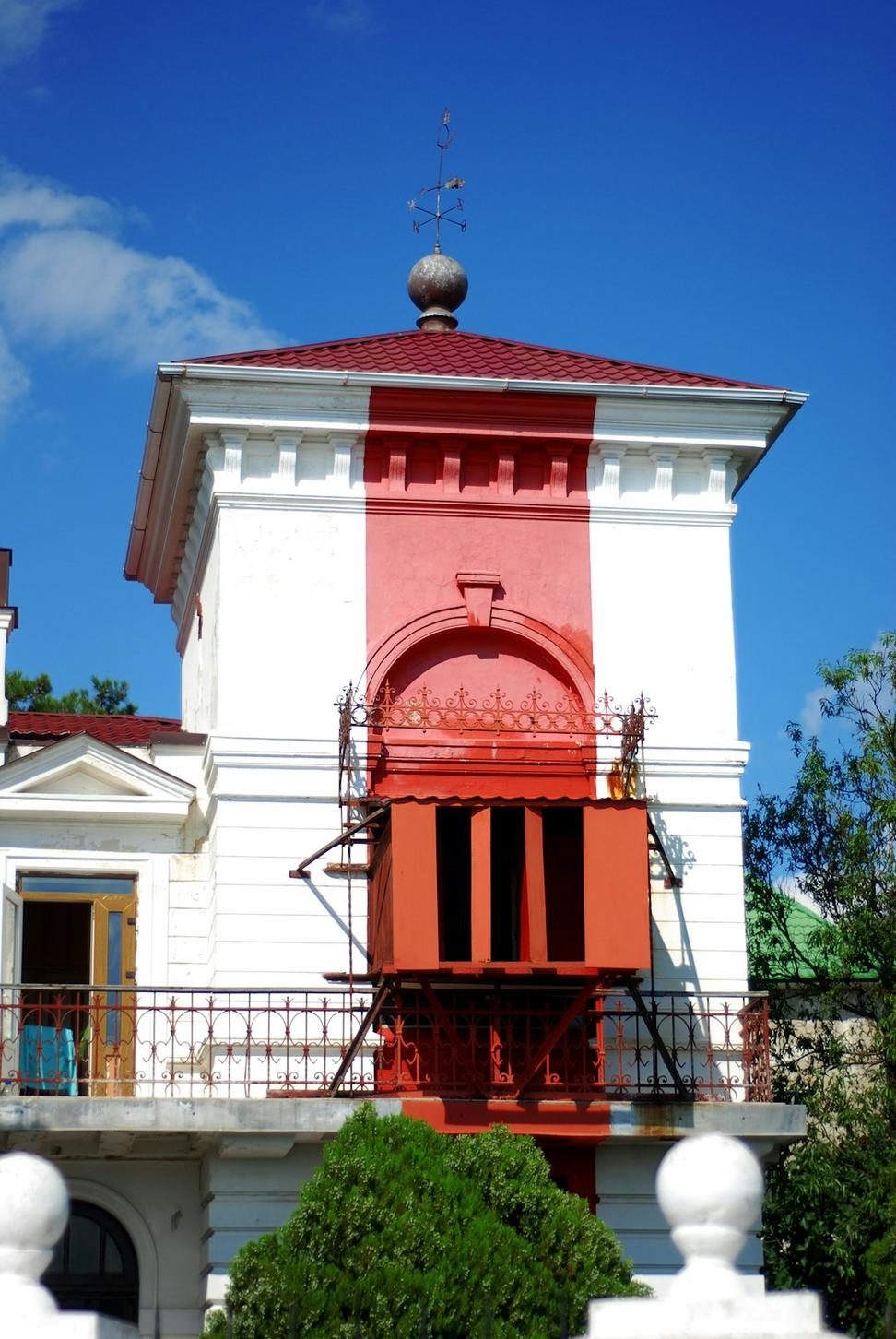
This one's close to our hearts. The greenest building is often the one that's already built. We've gotten really good at bringing old structures up to modern performance standards while keeping their character intact. It's trickier than new construction, but way more rewarding.
Not because they're trendy, but because they actually set meaningful benchmarks
Gold & Platinum level projects across residential and commercial
Ultra-low energy building standard for serious efficiency
Proven performance in actual energy consumption
Designed to produce as much energy as they consume